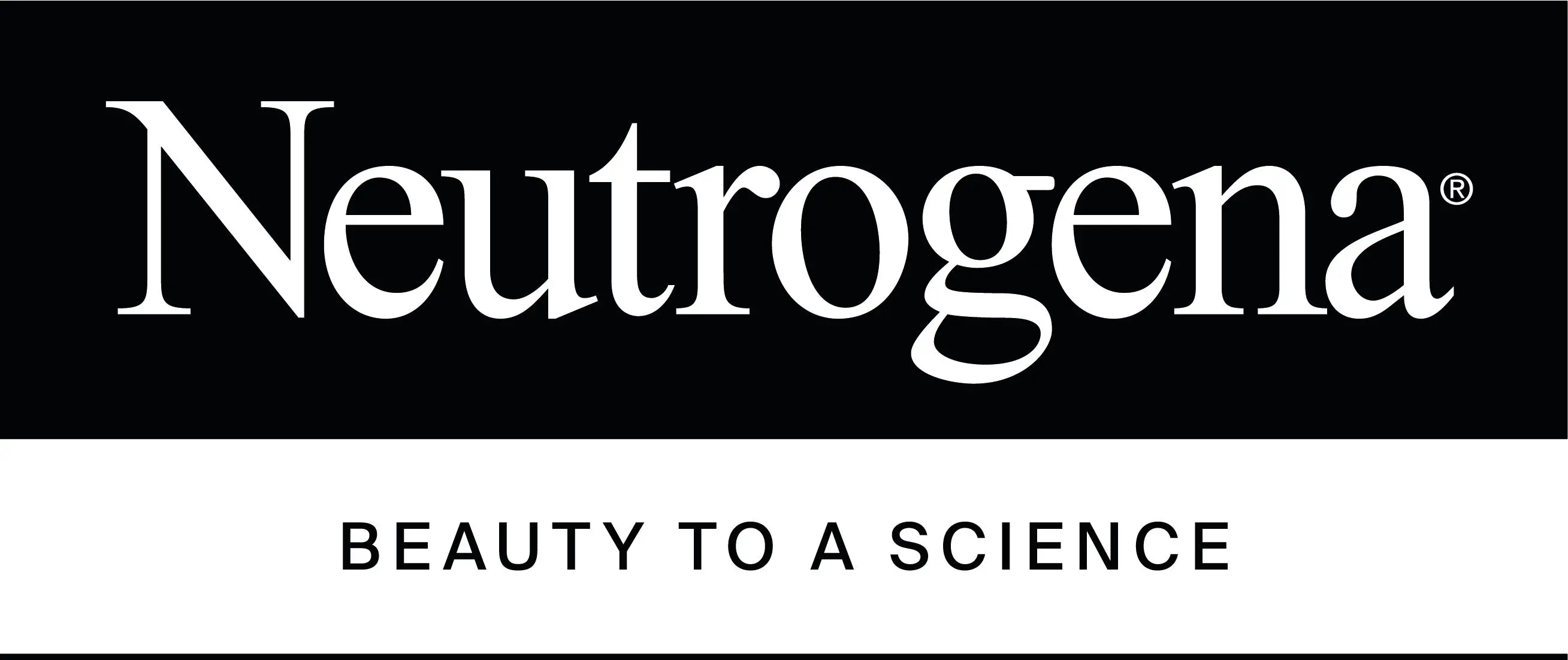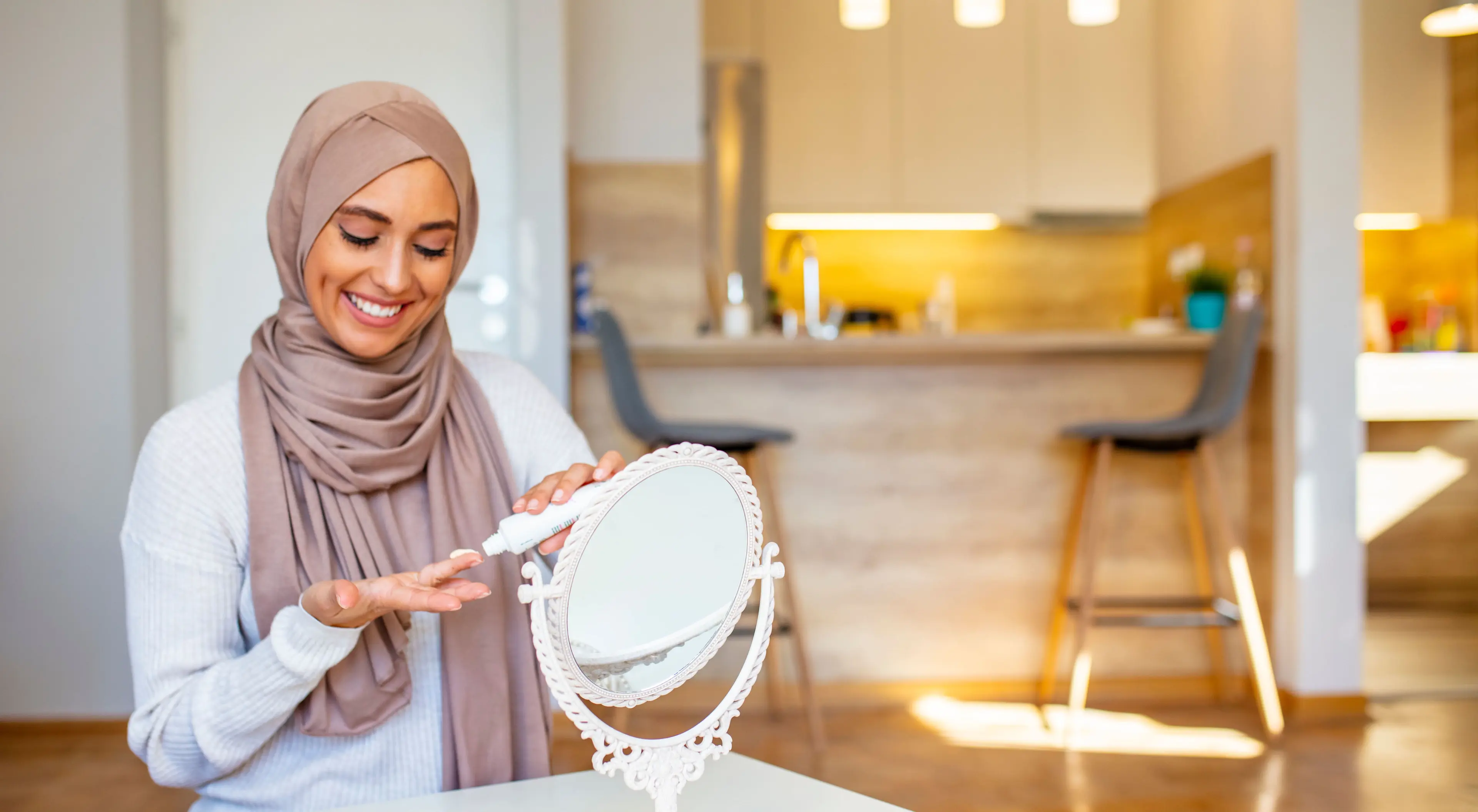There is no quick fix for acne or blemishes. Still, some methods can assist, such as refraining from touching the skin or popping pimples, cleaning often, and utilizing treatments appropriate for the individual's skin type and the particular issue.
Essentially, the person's skin type will determine the best ways to acquire clear skin. For instance, people who struggle with acne or blemishes typically have dry, oily, or a combination of the two types of skin. There are several skin care recommendations for various skin types and general recommendations that people might use. Read on to discover more about the top six tips on how to get clear skin.
Tip 1: Do not pop your pimples!
A pimple is an indication of trapped germs, sebum, and oil. It shows that the body's natural healing process is active. Popping the pimple stops this healing from happening. The puss liquid exposes neighboring skin to the same germs, increasing the likelihood of more breakouts. The exposed zit could leave a permanent scar. Always try to refrain from popping acne.
Along those lines, refrain from touching your face. Touching the face can spread bacteria, oils, and dirt to the skin, leading to outbreaks.
Read to know more on how to get rid of Pimples, here.
Tip 2: Don’t miss out on washing your face twice daily!
Poor skin hygiene increases the likelihood of more pimples. Your skincare routine should involve washing your face twice daily, once in the morning and once at night. For individuals who wash their faces twice a day, there is a chance that their acne lesions will significantly improve.
Check out our wide range of Neutrogena Face Wash, Face Cleansers & Scrub products, here.
Tip 3: Use the right product for your acne!
Numerous topical acne treatments are available. Knowing what kind of acne you have is essential to choose the best treatment for your acne.
Some ingredients that can help with acne:
For comedonal acne, search for retinoids-containing skincare products.
Benzoyl peroxide applied topically, either alone or in conjunction with a topical retinoid, can aid in the treatment of mild acne.
Salicylic acid can help lessen the likelihood of acne scars.
Use a mixture of benzoyl peroxide, tretinoin, or adapalene gel to simultaneously treat different forms of acne.
We highly recommend using Neutrogena® Spot Controlling+ products to help you get rid of acne.
Tip 4: Don’t forget to moisturize!
After a daily face wash, moisturizing is beneficial for all skin types. Keeping the face hydrated may aid in regulating sebum production and shielding it from environmental harm.
Find a moisturizer that is noncomedogenic above everything else. Noncomedogenic moisturizers will not clog your pores. If you have oily skin, "lightweight" moisturizers might be the best choice to avoid a greasy, heavy feeling. Some people discover that during the winter, when the chilly, dry air can cause the skin to feel tight and dry, they need to switch to stronger moisturizers. Regardless of the weather conditions, moisturize around the clock!
Check out our wide range of Neutrogena Moisturizers & Skin Hydrators, here.
Tip 5: Exfoliate!
If you have an excess of dead skin cells, they can clog your pores and cause rashes. Dead skin cell accumulation on your face can also make your skin look aged, dry, or dull. Therefore, exfoliating your skin is beneficial in removing extra dead skin cells.
The exfoliating techniques listed below may aid in removing dry and dead skin:
How frequently ought one to exfoliate? Aim for once or twice a week when using chemical exfoliants. For using physical exfoliants, such as scrubs, aim for three to four times per week.
Also read to know more on Why Exfoliating Your Face Is a Must, here.
Tip 6: Go easy on your skin!
We have established that exfoliation is necessary to remove dead skin cells.
However, some devices can be overly abrasive and endanger the skin. Tools that are too harsh for the skin, such as loofahs, rough sponges, or washcloths, can harm and irritate it. There are some sensitive options, such as gentle cleaning brushes. Alternatively, using clean fingers may lessen further irritation.
In conclusion, pay attention to what you put on your face, such as cleansers, moisturizers, and makeup, and what you don't, such as unwelcome microorganisms from your fingers or dirty brushes and sponges. The clarity of the skin is highly dependent on the tips mentioned here. Also, your skin may benefit from focusing on certain lifestyle aspects, such as getting enough sleep, eating a balanced diet, and managing stress.
a 10% or less glycolic acid lotion,
a mask with 2% salicylic acid,
References:
Arif, T. (2015). Salicylic acid as a peeling agent: a comprehensive review. Clinical, cosmetic and investigational dermatology, 455-461.
Bratsis, M. E. (2017). Acne: Myth vs. Fact. The Science Teacher, 84(4), 17.
Choi, Joanna Mimi, Vincent K. Lew, and Alexa B. Kimball. "A single‐blinded, randomized, controlled clinical trial evaluating the effect of face washing on acne vulgaris." Pediatric dermatology 23.5 (2006): 421-427.
Stringer, T., Nagler, A., Orlow, S. J., & Oza, V. S. (2018). Clinical evidence for washing and cleansers in acne vulgaris: a systematic review. Journal of Dermatological Treatment, 29(7), 688-693.

